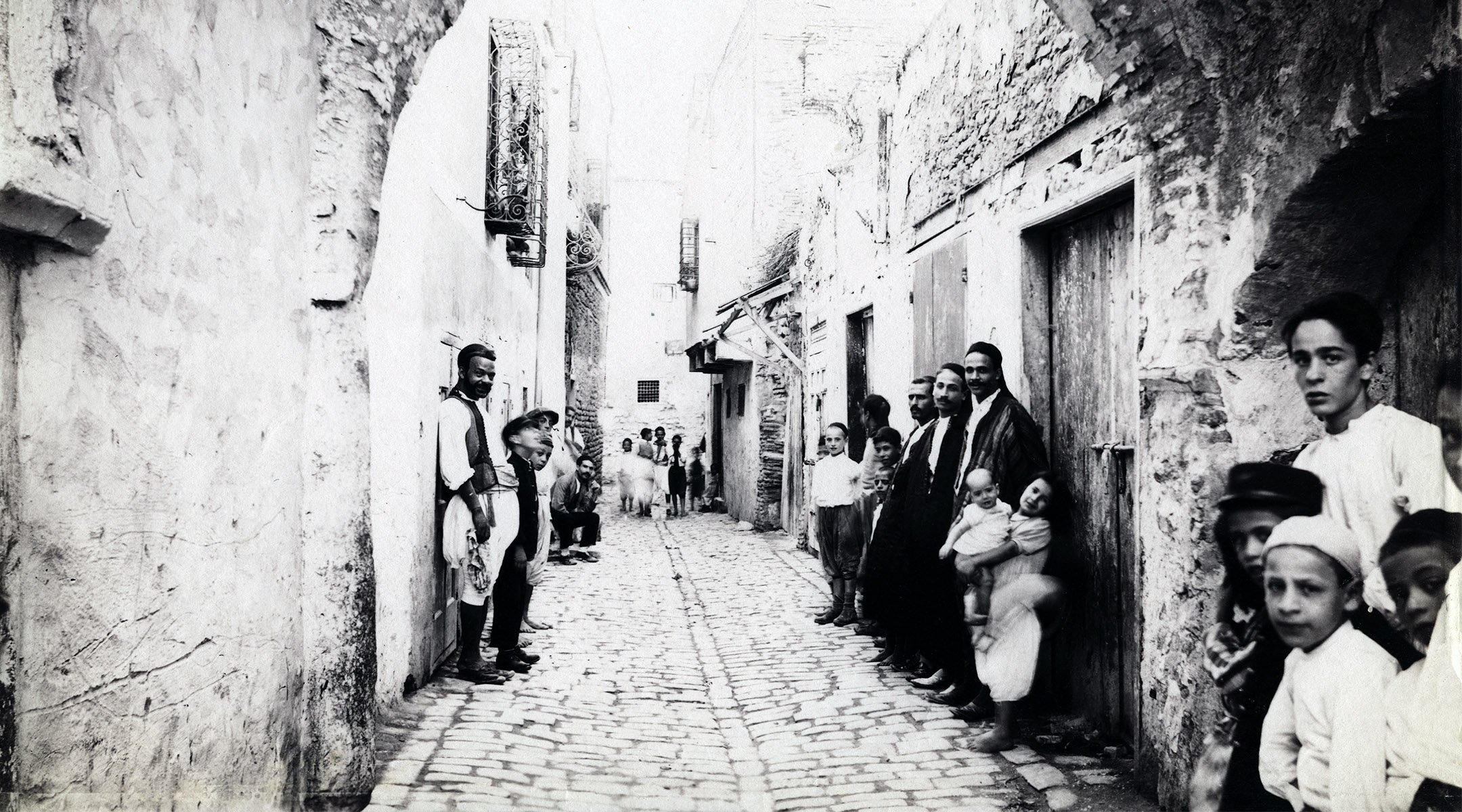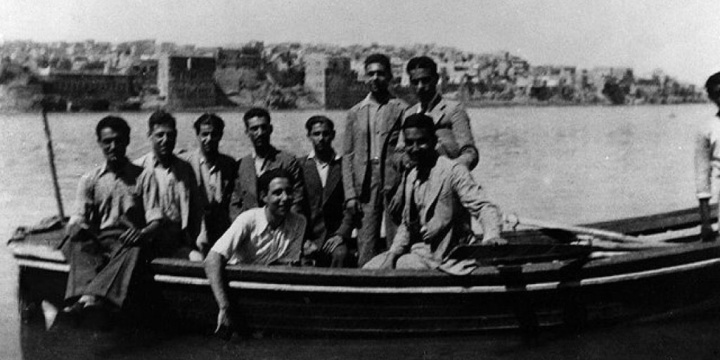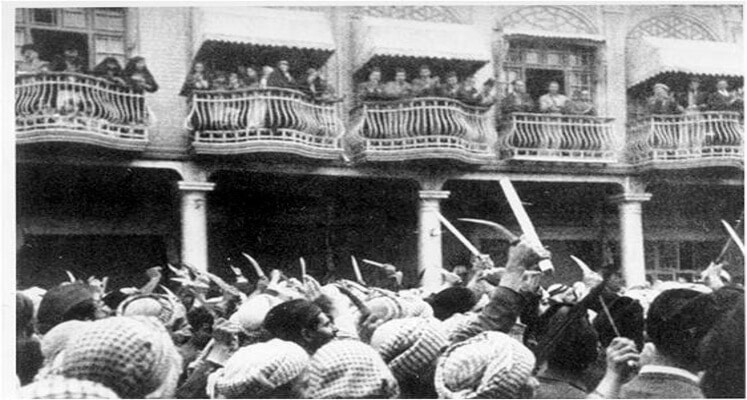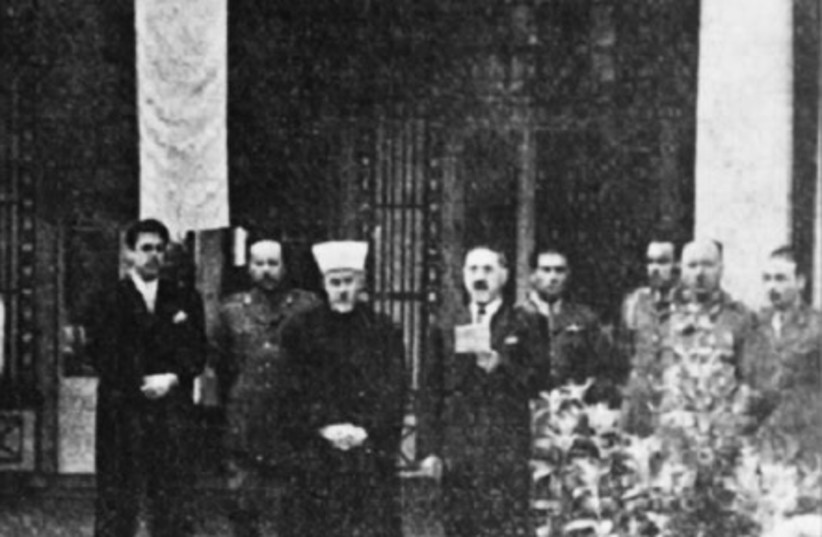Surrounding Cairo’s Tahrir Square, houses confiscated from Jewish families host Egypt’s top foreign embassies. To this day, ambassadors from Germany, Switzerland, and the United States work or live in
homes expropriated from Jews after 1948, while other formerly Jewish-owned homes became the Great Library of Cairo and government offices.
The expulsion of 850,000 mostly Mizrahi (Middle Eastern) and Sephardic Jews from Arab and Muslim countries took place before, during, and after the Holocaust. As nationalist Arab leaders aligned with Nazi Germany in the name of oil and expelling the British, Jewish communities were targeted for
pauperization, expulsion, and murder.
Despite the region’s centrality to Jewish history, the narratives of Middle Eastern Jews have long been considered “supplemental” in collective Jewish memory, as well as that of the rest of the world. One of several reasons for the marginalization of their accounts is that Mizrahi Jews developed different ways of telling their stories, according to historian and journalist Edwin Black.
---
"I take a more inclusive approach when it comes to looking at what happened to the Jewish people during World War II and after,” said Black, who wrote the book “
The Farhud: Roots of the Arab-Nazi Alliance in the Holocaust.” Added Black, “Hitler’s war against the Jews was global.”
‘Farhud’ pogrom in Baghdad, Iraq, 1941 (public domain)
Jews were an enduring presence in Arab and Muslim lands for nearly three millennia, yet today fewer than 4,000 Jews live in the region. This contrasts with post-Holocaust Europe, where 1.4 million Jews currently reside. So much for the Moroccan proverb, “A market without Jews is like bread without salt.”
By all accounts, the infiltration of Nazi leaders and policies into the Middle East was a tipping point in the history of the region’s Jews. Beginning with Iraq’s notorious Farhud pogrom on June 1–2, 1941, Jews in Iraq and elsewhere faced intensified persecution akin to what took place in pre-Holocaust Nazi Germany as
leaders such as Iraqi prime minister Rashid Ali al-Gaylani sought to emulate Hitler’s tactics.
During the
two-day Farhud in Baghdad and other Jewish population centers in Iraq, Jewish homes were marked so mobs could destroy them. In the process, 180 Jews were recorded as murdered. Similar to Kristallnacht in Germany and Nazi-occupied lands, shops and religious buildings were looted and set ablaze.
Jews in Tunis, Tunisia, rounded up for forced labor, 1942 (public domain)
The word “Farhud” means “violent dispossession” in Arabic, the prophetic name given to the pogrom by Iraqi citizens. About 135,000 Jews lived in Iraq in 1941, but almost the entire community relocated to Israel within a decade of the pogrom.
“The Farhud was a turning point because it was the first step in this Jewish community’s dispossession,” said Black.
(full article online)
Persecution of Middle Eastern Jewry 'has been denied for a lengthy period,' according to historians advocating for 'more inclusive' Jewish memory

www.timesofisrael.com







